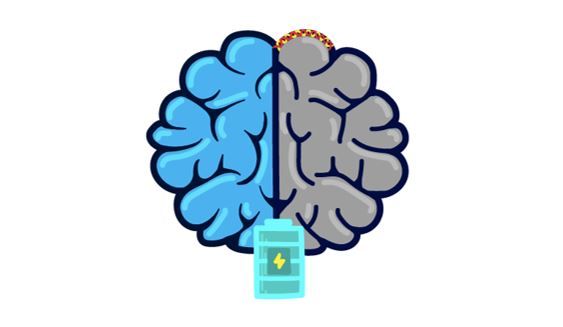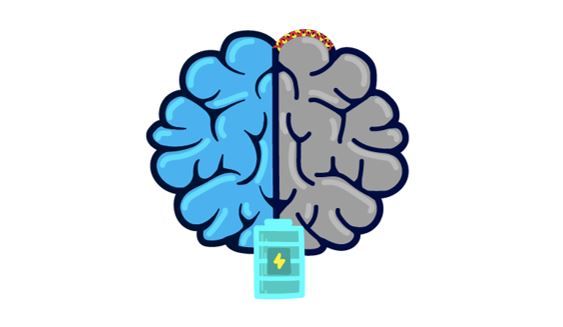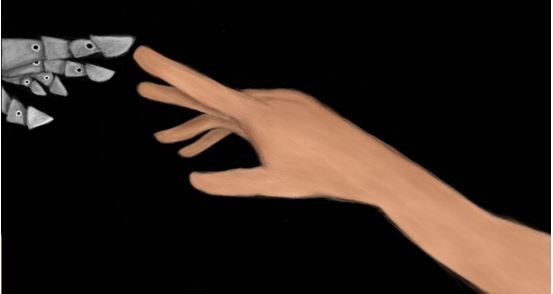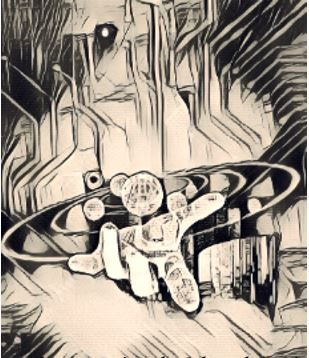A Shallow Dive into Deep Learning

The way the human brain works is a mystery that has fascinated us for time out of mind. Though we still have so much left to learn, we know that we gain and process information through specialized cells called neurons. These interconnected neurons pass on information to each other through chemical and electrical signals. While this may seem like a concept that belongs in the field of biology, it is very relevant in the field of artificial intelligence as well. AI engineers have attempted to recreate how humans gain information by developing a type of AI called machine learning. This article focuses on a subset of machine learning called deep learning. Deep learning imitates the way the human brain works by layering computing units into artificial neural networks. These computing units play the role of neurons in biological neural networks. They are connected and layered in a way that roughly mimics how neurons are in the human brain.

Deep learning might be confused with machine learning, but in reality, there are many differences between the two. The simplest way to remember how they differ is to remember this: Deep learning is a type of machine learning, so while all deep learning is machine learning, not all machine learning is deep learning.
Deep learning requires a vast amount of datasets for training, while machine learning requires fewer data to train.
Even while basic machine learning models get better at doing their particular duties as new data is collected, some human interaction is still necessary. If an AI program predicts incorrectly, an engineer must intervene and make adjustments. A deep learning model enables an algorithm to assess the precision of a prediction using its neural network, independent of human intervention.
Although many people are aware of deep learning, many may not know the history and the people who discovered it. Deep learning was first introduced when partners Warren McCulloch and Walter Pitts manufactured a computer model based on the neural networks of the human brain. They then used a mix of math and algorithms they named “threshold logic” to imitate the thinking process. Since this profound introduction, there have been many accomplishments through this development. Also, the making of the “continuous back propagation model” was credited to Henry J. Kelly in 1960. Backpropagation is a method of training artificial neural networks. Later, Stuart Dreyfus came up with a simpler version based on the chain rule in 1962. However, the idea of “backpropagation” existed in the early 1960s but only came to actual use in 1985.
Although the concept of deep learning has an aura of complexity around it, you would be surprised to see how much we benefit from it in our daily lives. From the virtual assistant embedded in our phones to the major medical scans that help doctors diagnose a patient, these are just a few of many examples of deep learning in AI. Image scanning, translation, and speech are a few instances of how deep learning is used in our day-to-day life. Face recognition, touch id, and other security measures taken to protect your phone are also part of deep learning.

Deep learning plays an important role in making our lives convenient. It can process large numbers of features making it very powerful when dealing with unstructured data. Deep learning makes tasks faster and easier.
To sum up, deep learning is a subset of machine learning, which is a type of AI. It aims to recreate the way human brains work. Deep learning differs from machine learning in many ways, such as needing more data to train, having a higher level of accuracy, and requiring less human intervention than machine learning. It was first introduced in 1943 and has come a long way since then, as it is used in many aspects of everyday life, such as virtual assistants, facial recognition, and translation. It is an incredible advancement in the field of AI, and it makes our lives easier in many ways.

References
‘What is deep learning and how does it work’ https://www.techtarget.com/searchenterpriseai/definition/deep-learning-deep-neural-network
‘Deep learning vs machine learning: beginners guide’ https://www.coursera.org/articles/ai-vs-deep-learning-vs-machine-learning-beginners-guide
‘Understanding the difference between AI, machine learning and deep learning" https://https://docs.google.com/document/d/1MBIlAU8aeXxINZd-ewhds9ga91CZY0FuM6BKl-i_F_Y/edit?usp=drivesdkdeeplearning.lipingyang.org/wp-content/uploads/2016/11/Understanding-the-differences-between-AI-machine-learning-and-deep-learning-TechRepublic.pdf
‘Deep learning vs. machine learning: What’s the difference?’
https://www.zendesk.com/blog/machine-learning-and-deep-learning/
‘Deep learning for healthcare: review, opportunities and challenges"
https://www.ncbi.nlm.nih.gov/pmc/articles/PMC6455466/
‘The History, Evolution and Growth of Deep Learning"
https://www.analyticsinsight.net/the-history-evolution-and-growth-of-deep-learning/
Author Information:
Aishath Aleesha Azheen, Ahmadhiyya International School, Maldives.
Aishath Alma, Jamaluddin School, Maldives.
Hawwa Zaain Zameel, Jamaluddin School, Maldives.
Shumooh Shareef, Thaajuddeen School, Maldives.
Yumn Mohamed Faisal, Ahmadhiyya International School, Maldives.
Cite this article as:
Aishath Aleesha Azheen, Aishath Alma, Hawwa Zaain Zameel, Shumooh Shareef and Yumn Mohamed Faisal, A Shallow Dive into Deep Learning, theCircle Composition, Volume 3, (2022). thecirclecomposition.org/a-shallow-dive-into-deep-learning/
